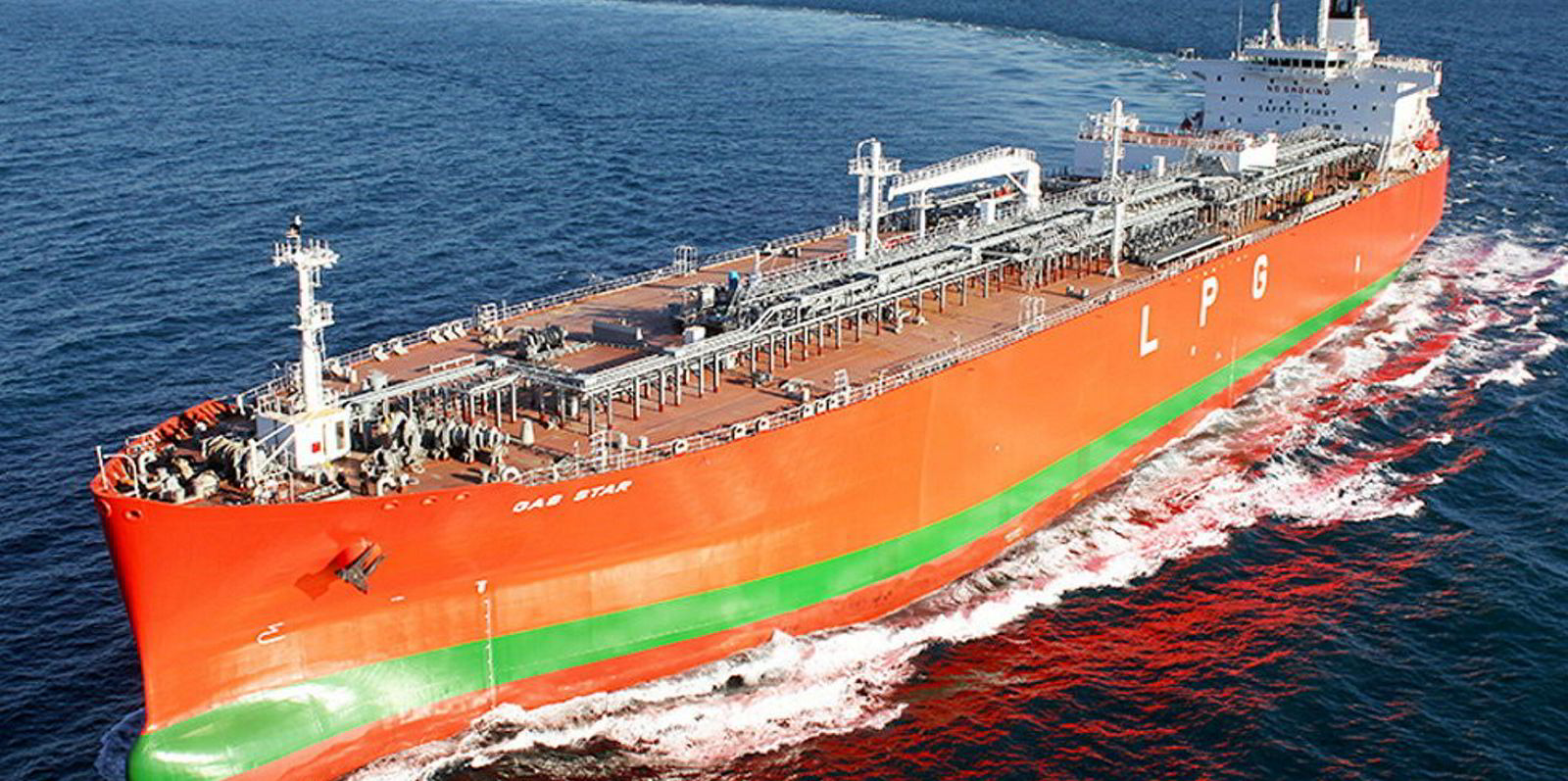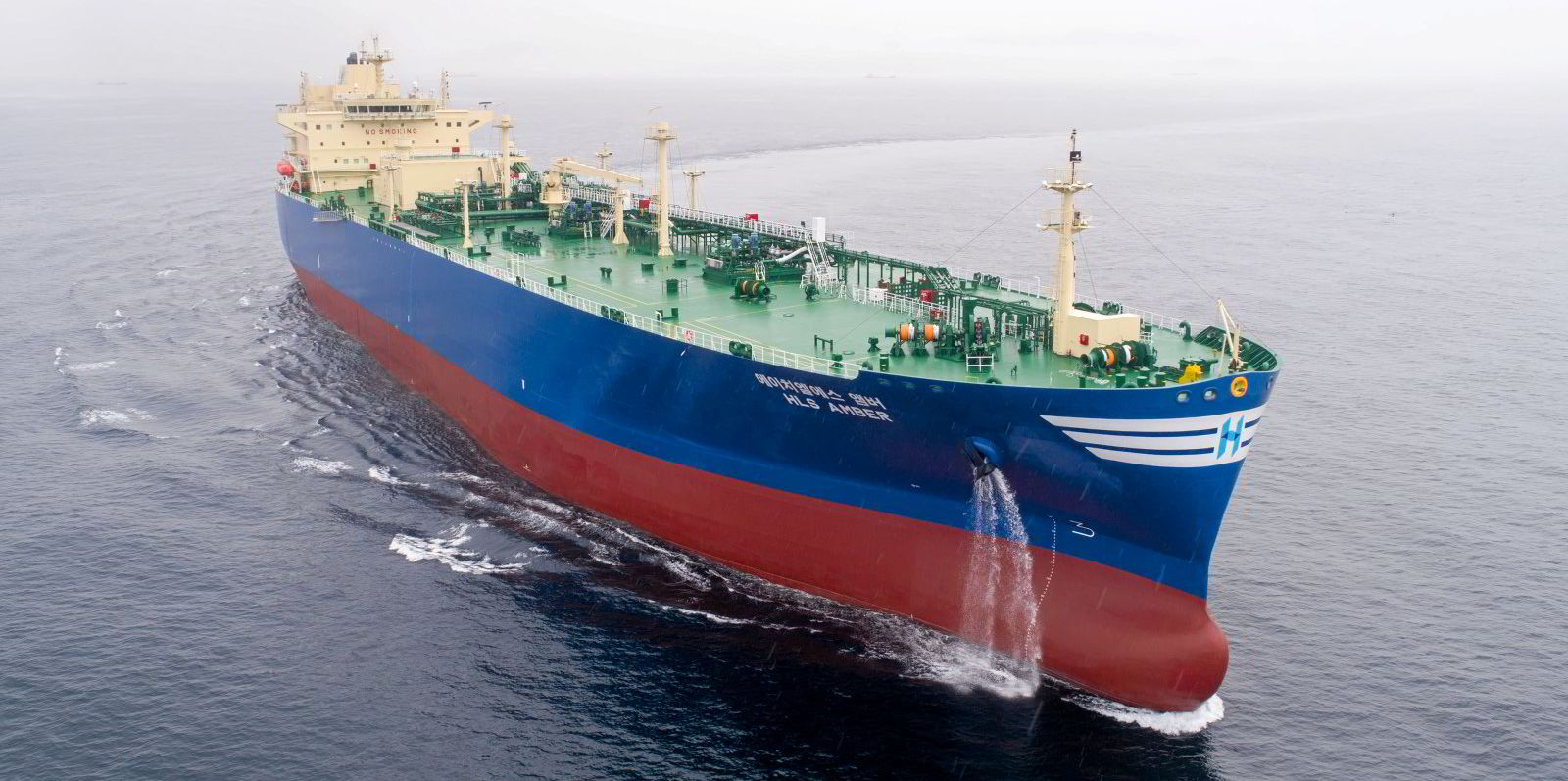Spot VLGC rates have been buoyed by an increase in charter activity in the Middle East Gulf, according to market sources.
Clarksons Platou Securities assessed global average VLGC earnings at $24,500 per day on Monday, up 17.1% since 19 July.
The improved earnings prospects resulted from reduced tonnage supply in the Gulf, where charterers were said to have fixed some ships for prompt loading dates due to demand in India.
“A good amount of charterer demand out of the Middle East market last week helped drive spot rates higher, with our LPG desk noting a few unexpected cargoes coming to market against a tight near-term vessel list,” Clarksons Platou analysts Frode Morkedal and Omar Nokta wrote in a note.
The Baltic Exchange estimated VLGC freight rates for the Middle East Gulf-to-Japan trade at $44.70 per tonne on Friday, the highest this month.
Shipowners are expected to continue pushing up freight rates despite the lack of arbitrage opportunities and subdued demand from Asian petrochemical plants.
Middle Eastern LPG exports to East Asia are on track to reach 1.12m tonnes in July, a sharp decline on 1.76m tonnes last month, then a 14-month high, Kpler figures show.
“Interestingly spot rates have improved despite no material changes in propane price arbitrage or regional price differences,” Morkedal and Nokta said.
“Currently, naphtha and propane are priced at parity in the Far East while propane is priced slightly cheaper relative to naphtha in Europe.”
But Clarksons Platou foresees a potential boost to the Middle Eastern market after Opec and its Russia-led allies agreed to a further hike in crude output from next month.
“With higher LPG volumes likely out of the Middle East in the coming months, as more crude production comes to market, there is likely to be a better level of support going forward,” Morkedal and Nokta said.
Meanwhile, VLGC rates for the US Gulf-East Asia trade have been fluctuating between $76 and $78 per tonne since 9 July.
The latest weekly data from the Energy Information Administration showed US propane and propylene stocks amounted to a six-month high of 62.7m barrels on 16 July, suggesting more export shipments could be on the horizon.
But some analysts said US companies have lately preferred to keep barrels at home due to buoyant domestic demand.
US production of propane and propylene rose by 4.5% in the second quarter, but exports remained largely flat, according to Jefferies data.
“Much of the production increase went to satisfy incremental domestic demand rather than for export to Asia,” the investment bank said.






